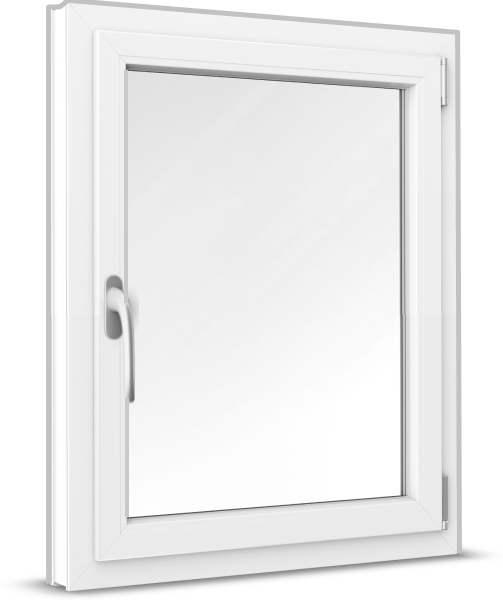 Windows
Windows
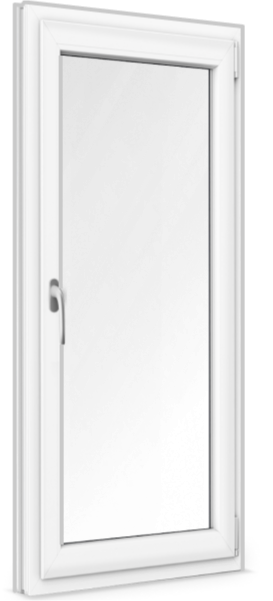 French Doors
French Doors
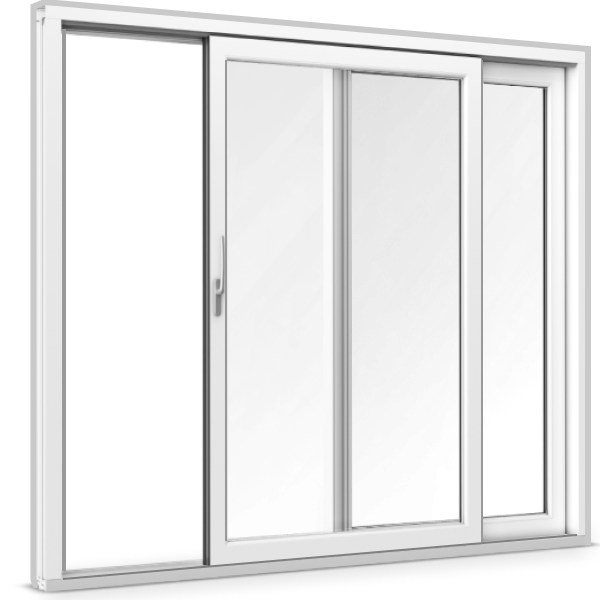 Patio Doors
Patio Doors
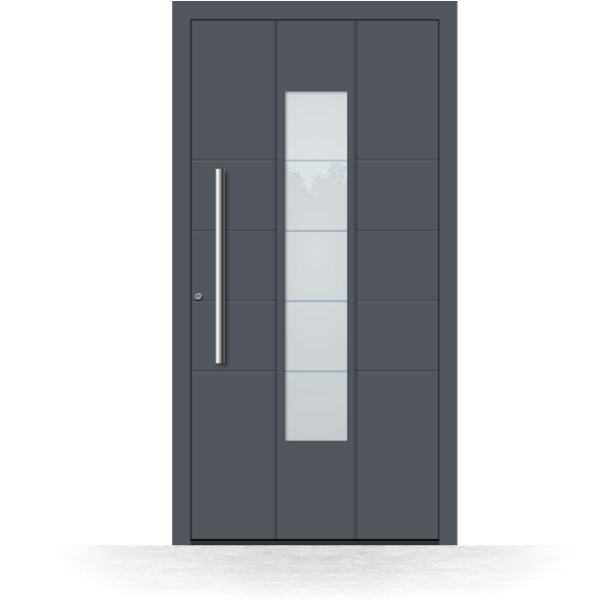 Front Doors
Front Doors
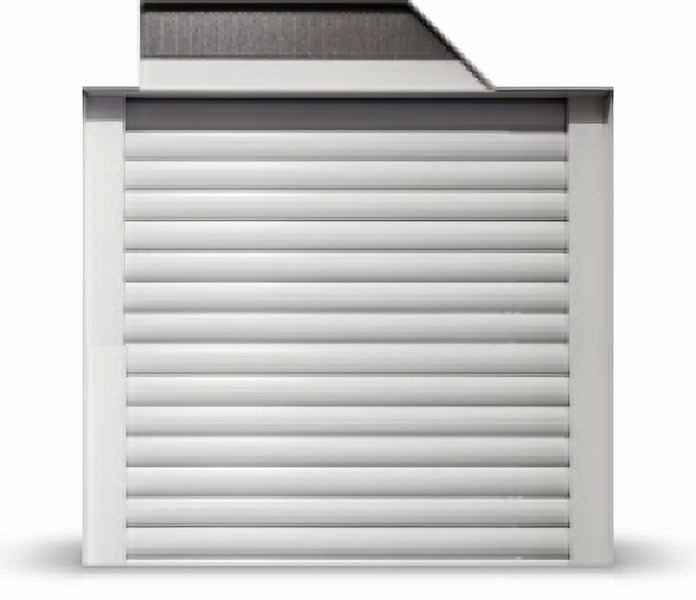 Roller Shutters
Roller Shutters
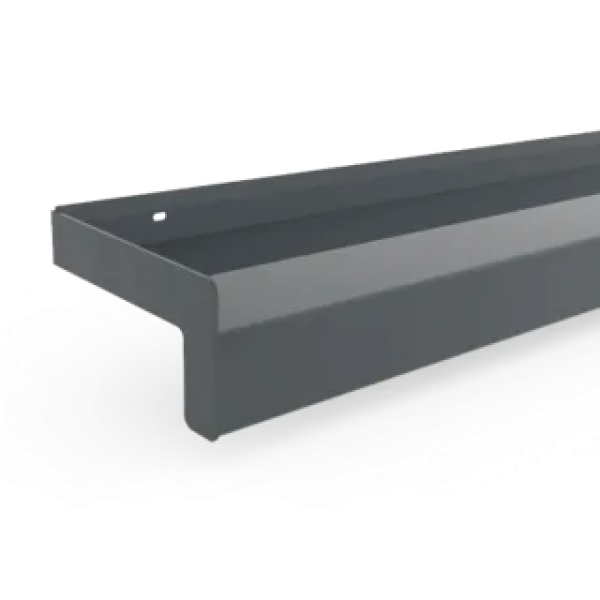 Window Sills
Window Sills
Sign in
Contact us

The ABUS GBM7300 can be stuck to window panes and the panes of garden and balcony doors in just a few simple steps. Once attached, it ensures that an alarm is triggered as soon as a burglar breaks the pane via direct impact or a thrown projectile. The piezo sensor reacts to the ultrasonic frequencies generated when the glass is broken and automatically activates a piezoelectric element that opens a CMOS relay in turn. Any alarms that are connected to the glass breakage detector will then be triggered automatically. An additional power supply is not required for the entirety of this process. The maximum area of glazing that a single ABUS glass breakage detector can monitor is 4 m² (within a monitoring radius of 2 m).
This means that standard-sized windows can easily be monitored with a single detector. For their part, larger panes of glass – such as sliding doors that open out on to your garden – can be fitted with several sensors at once.
The passive glass breakage detector only measures 18 mm wide, 18 mm high and 9 mm thick, meaning it can be mounted on almost all kinds of window panes without restricting their functionality.
The ABUS connection cable (3 m in length) that links detectors to the alarm system must be installed in such a way that it does not kink or buckle when the window is opened. The detector should be positioned around 20 to 50 mm away from the frame.
There are two different types of glass breakage detectors on the market: active and passive sensors. Active and passive acoustic models do not differ in terms of the method they use to detect a break-in. Indeed, both rely on picking up acoustic signals – i.e. the sound of breaking glass. Where active and passive glass breakage detectors do differ, however, is in the way the transmitter activates the alarm system.
Active glass breakage detectors work by sending a continuous signal to the alarm system. If the pane of glass is broken, the transmitter stops sending its signal. The alarm unit then detects this interruption, immediately sounds the alarm and informs the residents of the break-in. This system means that active glass breakage detectors have a number of disadvantages, however:
Active glass breakage detectors require a constant operating voltage, meaning they consume electricity and thus generate (albeit minimal) additional costs. They typically either run on batteries or plug directly into your home's electricity mains.
In comparison, such passive devices as the GBM7300 glass breakage detector from ABUS only send a signal when the glass has actually been broken. This type of door and window alarm technology has several advantages:
The technology used in passive detectors does not lead to any additional costs, as it generates the electricity the devices need to transmit the alarm signal via the piezoelectric effect. This means that such systems do not present you with the problem of having to change any batteries, either.
The GBM7300 comes equipped with what is called a piezoelectric element to allow it to operate without a permanent power supply. This is a component that uses the electrical phenomenon of the same name to generate a voltage: Piezoelectric elements produce electricity all on their own when they come under such mechanical stresses as compression. The piezoelectric element used in ABUS glass breakage detectors reacts to the vibration frequency of breaking glass by resonating with it and using the resulting movement to produce enough electricity to send a signal to the alarm system's receiver.
An important question always arises where alarm systems are concerned: Is it safer for door and window alarms to be visible from the outside, or should they be concealed?
According to experts, you should generally make it clear to burglars that an alarm system is in place in order to deter them before they even attempt to break in.
Glass breakage detectors are attached directly to the pane of glass, meaning they are immediately visible to experienced burglars and can thus start working as a deterrent straight away.
That being said, the device covers an area of just 18 x 18 mm, making it so small that ordinary visitors will hardly notice it at all. The potential-free glass breakage detector is available in both brown and white to help it blend in with its surroundings. As a result, the ABUS device can easily be adapted to suit common frame colours. If you opt for neutral white, it will not clash with unusual facade colours, either.
In principle, a passive glass breakage detector can be mounted on any pane of glass. Nevertheless, three factors must be taken into account:
Anyone who pays attention to all of these three factors will find the ABUS potential-free breakage detector with a piezoelectric element to be an easy-to-use security device that provides reliable break-in protection. Simply mount the device on the glass in your window or door, connect it up to the alarm, and enjoy all the protection a sophisticated acoustic glass breakage detector can provide. Here at windows24.com, you can also find a wide variety of other accessories from such well-known manufacturers as ABUS alongside installation kits and every imaginable product related to windows and doors. And all that for affordable prices, too.
from
€
148.78from
€
148.78
incl. 19% VAT, plus shipping
from
€
196.99from
€
196.99
incl. 19% VAT, plus shipping
from
€
73.99from
€
73.99
incl. 19% VAT, plus shipping

“windows24.com brought windows and doors with amazing quality to our project. The products are well-built and certified for passive house values.”

"We love our new windows and doors! The windows24 team gave us great advice and recommendations and was so patient with all changes to our project."

“We spent more than a year searching for a window manufacturer with high product quality and maximum design flexibility. At windows24.com we found the perfect solution for us.”